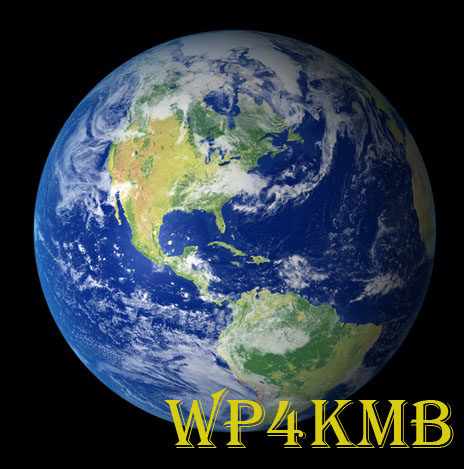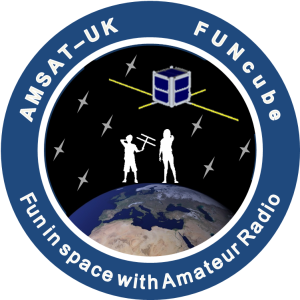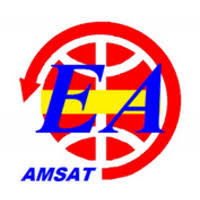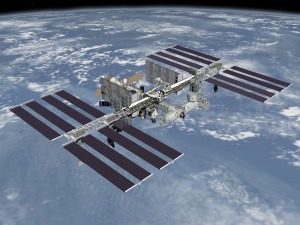Video of Mary Hare School students contacting Space Station
Video of Mary Hare School students contacting Space Station
The ARISS Operations UK Team have released a 57 minute video of the ARISS event at Mary Hare School for the deaf in Newbury, on Tuesday, October 12, 2021.
Radio amateurs in the UK and across Europe were able to receive the signal from the ISS on 145.800 MHz FM.
The Amateur Radio contact between students at the school, call sign GB4MHN, and astronaut Mark Vande Hei KG5GNP using the call sign NA1SS from onboard the International Space Station, takes place at about 46 mins into the video.
Watch ARISS School Contact between Mary Hare School for the deaf and Mark Vande Hei NA1SS
The contact featured in the BBC TV programme South Today on Tuesday evening. UK viewers can watch the programme online, fast forward to 20:40 in this recording
https://www.bbc.co.uk/programmes/m0010lxt
Mary Hare School contact information
https://amsat-uk.org/2021/10/08/ariss-contact-scheduled-for-students-in-newbury-uk/
What is Amateur Radio? http://www.essexham.co.uk/what-is-amateur-radio
Free UK amateur radio Online Training course https://essexham.co.uk/train/foundation-online/
m5aka
AMSAT-UK
Powered by WPeMatico





